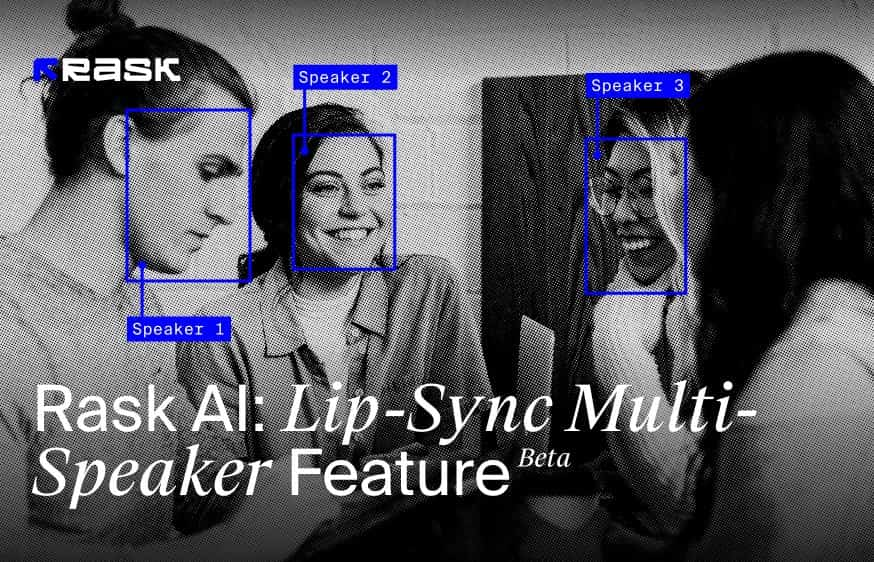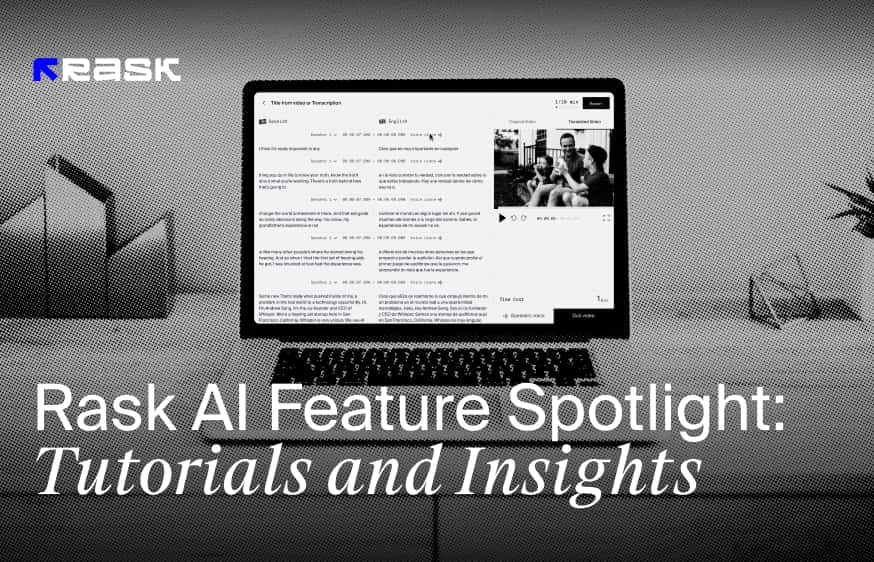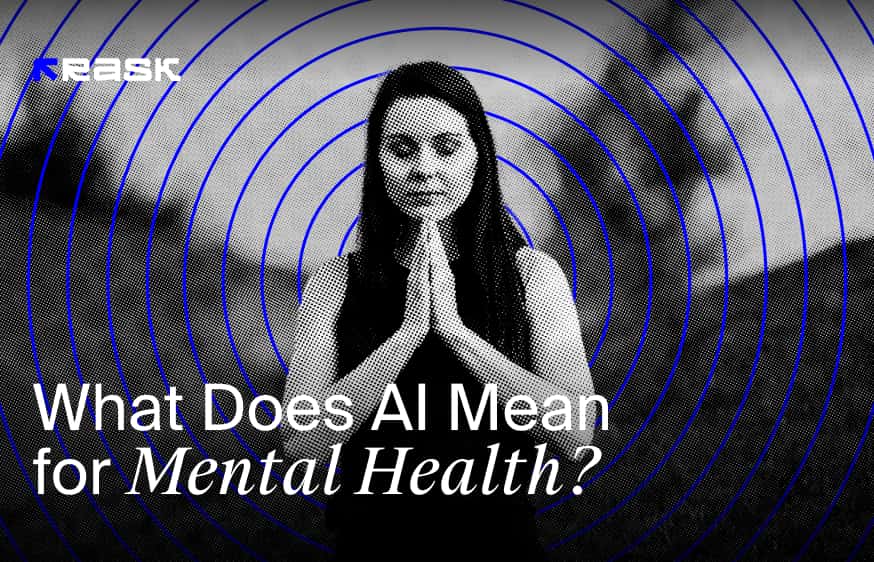After ChatGPT’s launch, AI is all the world’s talking about. Every business is trying to implement AI in business operations, making marketing teams lean and trying to 10X work productivity.
It’s a no-brainer that the use of AI in marketing helps businesses streamline and automate repetitive processes, but that’s not just it.
In this article, we talk about the benefits of AI in marketing, use cases, some AI tools you must leverage, how to use AI when marketing, and more.
What is AI in Marketing and its Benefits
Integration of artificial intelligence (AI) in marketing helps businesses enhance and, to some extent, automate decision-making. Using AI, businesses can automate repetitive tasks and streamline processes to save both time and money.
There are several benefits of using AI in marketing:
- Predictable customer behavior: Use AI to segment customers and identify the target audience that will most likely respond to the offer you provide.
- Automating marketing processes: Helps you automate several marketing operations like customer segmentation, customer conversations, and content generation (to some extent) so your team can focus on more complex tasks.
- Increased work productivity: Using AI in marketing frees up time for marketers, which they can use to focus on creative tasks like devising strategies and building deeper connections with clients.
Use Cases of AI in Marketing
Businesses have started using AI in almost all their marketing operations. In this section, we will tell you the 5 major use cases marketers can leverage AI for and save time.
1. Content Generation
Using AI for content generation is a good way to save time, but publishing AI-generated content blindly is a bad idea. You MUST edit the AI content manually or take the help of an expert editor to make it more in-depth, concise, and personalized.
When we talk about content generation, drafting content is just one part of the process. AI can also help you with topic ideation and outline creation. For example, here’s a prompt we gave ChatGPT that helped us come up with some great ideas to write content around in the audio transcription niche:
Prompt:
Persona: You're a content marketer with several years of experience in coming up with topics ideas and content creation for SaaS companies.
Context: I want to brainstorm blog topic ideas in the Audio transcription niche.
Goal: Give me 10 Audio transcription blog title ideas that are unique and cover all the angles possible in the niche.
2. Audience Segmentation and Sentiment Analysis
Both audience segmentation and sentiment analysis require analyzing large data sets that can take days or even weeks. But with the power of AI, data analysis can be done in minutes.
If you have a GPT -4 subscription, share the data with AI (if you and your company are comfortable doing so) and ask it to identify patterns and segments in customer-related data.
ChatGPT can process text data from customer interactions, reviews, and social media to categorize customers into different segments based on preferences, behavior, and demographics.
The same can be done for carrying out sentiment analysis.
Prompt:
[upload PDF/excel with data]
The PDF has 10 reviews (1 to 10) of my task management app for B2B companies.
I want you to run a sentiment analysis and give me the output for each review, whether it's positive, negative, or neutral.
Give me the results in tabular form. Refer to reviews as Review 1, Review 2, Review 3, etc.
3. Email Marketing Strategy
AI helps marketers personalize their email marketing efforts at scale. You can feed AI appropriate data and ask it to analyze customer behavior. Based on the observations, create highly personalized email campaigns for different types of audiences.
You can also use AI to enhance your email copy. Ask the AI for email subject lines, ice breakers, appropriate call to action, etc.
Lastly, use AI analysis software to track crucial KPIs for email marketing and understand the ROI and areas of improvement.
AI Marketing Tools that are Revolutionizing Marketing
1. Rask AI - Translate Audio and Video with AI
Rask AI is an AI marketing tool that leverages artificial intelligence to translate audio and video in 130+ languages. It has everything you need for video localization.
From cloning voices to translating videos to a different language with perfect lip-sync, you can do everything with Rask AI.
It’s a great tool to scale your marketing reach globally. You can create videos and audio content all with the help of AI and save thousands of dollars that might go into hiring a huge team. Translate your content into multiple languages and show what your capabilities are to the world.
Here are some of the features that might help your marketing efforts a ton:
- Maintain your brand’s original voice across 29 different languages by leveraging Rask AI’s voice clone feature.
- We are the first to release a perfect lip-sync feature in the market. Our AI-driven lip-sync multispeaker technology enables you to align the lip movements of each speaker in the video with the translated language, ensuring a natural and authentic viewing experience.
- Transcribe YouTube videos with Rask AI just by uploading them and selecting the translation language you want.
- Comes with speech recognition technology to transcribe videos into Txt files.
And many more…
Pricing
Rask AI has a generous free plan that offers 3 minutes of audio and video editing. To extend the limit and get your hands on more premium features, you can choose from the several different plans we offer:
- Basic: $60 per month
- Pro: $140 per month
- Business 500: $560 per month
- Business 1000: $1120
- Business 2000: $2240
- Enterprise: Contact the Rask AI team for pricing
2. ChatGPT - All-in-One Marketing AI
Launched in 2022 – ChatGPT has created quite a buzz among marketers.
The platform’s interface is designed to simulate a human conversation, creating natural engagement with the bot.
The dialogue format allows ChatGPT to answer follow-up questions, admit mistakes, challenge incorrect premises, and reject inappropriate requests.
While this is just the tip of the iceberg, ChatGPT is also used to:
- Brainstorm content and product ideas
- Create personalized marketing materials like emails and landing page copies
- Suggest SEO changes and brainstorm seed keyword ideas
- Research about target audience and potential markets
- Draft go-to marketing strategies and campaigns
The newer version, GPT-4, is even better and stronger. GPT-4 is capable of browsing the internet in real-time. When you ask ChatGPT to browse the web, you can expect accurate, updated responses to your questions with citations to the original source.
3. DALL·E - AI Image Generation
DALL·E is a generative AI technology introduced by OpenAI. With this tool, you can generate images by expressing them in plain, simple text.
DALL·E has diverse capabilities that include creating unrealistic images, combining unrelated concepts in plausible ways, rendering text, and applying transformations to existing images.
Check out the below examples.
But that's not it; DALL·E’s capabilities are revolutionizing how marketing works. The tool has basically made product conceptualization a little easier and affordable.
4. FeedHive - Social Media Management
FeedHive is a social media marketing solution powered by AI and automation. The platform helps create, schedule, publish, and manage social media content at scale.
It helps you save money that goes into hiring a social media marketing team. You can rather train your existing employees to manage social media or hire a micro team to do so.
The best part of FeedHive lies with its AI assistant. FeedHive AI is powered by the GPT-4 model; here’s how it helps:
- Predict your post's quality, vitality, and overall performance even before it goes live.
- Generate suggestions to improve your post.
- Analyze your followers' activity and engagement and suggest the best times to post.
- Comes with customizable, pre-generated 3,000+ idea templates based on some of the best-performing posts on social media.
Imagine the amount of resources and expenses your business would have invested in doing all these – FeedHive AI can do it at half the price and time.
5. Zapier - Create Marketing Workflows
Zapier's integration with OpenAI is yet another breakthrough in marketing. Simply connect Zapier to your OpenAI account and put in your prompts, and it will do all the work for you.
What’s more, Zapier AI has unlocked ground-breaking capabilities for marketers:
- Prompt Zapier in plain, simple English about what you need to get done. For example, reformatting data, splitting text, or extracting emails. AI will then create a process to execute what you asked for.
- Create topic-specific chatbots and train them to answer customer questions, edit your content, make product recommendations, and more.
- Use AI to analyze the message sentiment, summarize takeaways in text, and more, right within your automation-first database.
Moreover, Zapier integrates with most of the AI tools out there. Be it ChatGPT, DALL·E, or Google AI models. These integrations have simplified automating marketing workflows.
How to Use AI in Marketing
Step 1. Define Your Goals
Start by identifying what your ultimate goal is when using AI in marketing. It can be anything from enhancing customer engagement to increasing website traffic to personalizing email marketing campaigns.
If you set a clear goal right from the start, it will help you select the right AI tool for the job and shortlist marketing techniques that align with your business goals.
For example, if you’re planning to use AI in the translation and transcription industry, your goals can be:
- Translate educational video and audio content and reach new markets with AI
- Launch worldwide marketing campaigns with AI
- Translate podcasts and interviews with AI
Step 2. Choose the Right Tool for the Job
After setting your goals, look for the right AI tools that will help you achieve your goals. Evaluate AI tools based on goals, ease of integration with tools you already use, user-friendliness, and cost.
Step 3. Collect Data and Train Your AI
After setting your business goals and finalizing the tools and techniques you’d use for AI marketing, your next step is to collect data.
Most of the time, when you use AI in marketing, training it on relevant data will be the first step.
This data can come from anywhere – customer database, social media, CRM, etc.
Before feeding this data to AI, we suggest you ensure that it’s high quality, sufficient, and clean.
Next, input the collected data into the AI and prompt it to train itself on the data you feed. Mention any other concerns or requirements you might have.
Remember, training AI is not a one-time thing; as your company receives new customer data, you must feed it to the AI and upgrade its knowledge. This can be a lengthy process but is a must to get enhanced results.
Step 4. Implementing AI for Marketing
After the training is done, it’s time to test the waters. Begin by integrating AI with the marketing process that’d help you achieve the goals you set in step 1.
The task can be anything - automating repetitive tasks with AI, enhancing customer interactions, generating insights for the marketing team based on data you fed AI, etc.
Step 5. Scaling and Leveraging AI
Once you’re comfortable using AI in a specific marketing operation, your next step must be to expand its use somehow to maximize AI’s impact on your business as it grows. Start by identifying where AI has given you the most efficient results.
For example, suppose you initially used AI for sentiment analysis, and it proved to be a game changer. In that case, you must look for other customer service-related marketing operations where AI can help, maybe in answering repetitive queries from customers.
Step 6. Measure and Evaluate
Your final step will be to establish the metrics you can track that measure the impact of AI on your marketing processes. You will be tracking KPIs like return on investment (ROI), customer engagement rates, conversion rates, etc.
But tracking KPIs isn’t enough. Remember to continuously evaluate and adjust your AI strategy based on the performance data.
Ethical Considerations and Challenges of Using AI in Marketing
Consumers are prioritizing transparency in marketing. This is because, in many circumstances, customers have a hard time understanding how AI works, what their data is used for, and how to safeguard themselves from wrongful activities.
On top of that, various other ethical challenges surround AI and its application in the marketing industry. In this next section, we discuss the four most common concerns people have regarding AI.
1. Discussing the Ethical Implications of Using AI in Marketing
As the usage of AI grows in marketing and other industries, businesses must take a considered and responsible approach. While AI has the potential to provide copious benefits, like enhanced efficiency, it also poses significant ethical problems that you can’t overlook.
For businesses, it’s important to guarantee that the content created using AI and any form of customer data is non-discriminatory, does not violate privacy, and is transparent. Failing to handle ethical concerns might invite legal ramifications and unfavorable publicity.
2. Privacy Concerns and Data Security
Brands are particularly concerned about data privacy, protection, and security.
This is because cybercrime threatens the security of 84% of businesses worldwide, making business owners realize that personal information in the wrong hands can have catastrophic consequences.
As a result, businesses are increasingly prioritizing security efforts to avoid the risk of spying, hacking, and cyberattacks.
According to the Wall Street Journal, Apple has barred its employees from using ChatGPT and other AI-powered services like Github's Copilot, which helps developers write code.
The report adds that the ban stems from concerns about the data-handling practices of these AI platforms – which are either owned or financially backed by Apple's rival Microsoft.
3. Balancing Automation with Human Creativity
Generative AI platforms are frequently fed the works of a single artist and then expected to emulate their style and distinct design concepts.
For example, you can feed an AI text generator with multiple books from the same author and then instruct it to create a novel based on the author's writing style and approach while not plagiarizing any of their work.
Even if the AI content generation does not plagiarize the original work, it uses the artist's style without explicit consent. As a result, the generative AI argument revolves around the issue of plagiarism and the unjust usage of human-created content.
4. Addressing Biases in AI Algorithms
Another ethical consideration for AI in marketing is biases and discrimination.
70% of experts feel AI is biased against specific groups of people. This is because AI systems are only as objective as the data fed into the system. If the data is skewed, so will the AI system and its responses.
Suppose an AI program generates marketing images depicting men in traditionally masculine roles like doctors or executives.
At the same time, women are shown in feminine roles like nurses or stay-at-home moms. It reinforces harmful gender stereotypes that can limit career aspirations and perpetuate discrimination.
AI Marketing Predictions and Future Trends
Despite these concerns, artificial intelligence is here to stay and will undoubtedly affect future marketing. To help you understand this better, here are a few predictions and trends that will shape the future of AI in marketing:
Better Predictive Analysis
According to reports, marketing expenses fell to 6.4% of total revenue, the lowest recorded since 2014.
The main reason for this decline in budget is AI.
Businesses can use AI-powered predictive analytics to discover trends, estimate market demand, and refine marketing campaigns for optimum impact.
Enhanced Customer Segmentation
By combining data obtained from customers, AI can generate greater insights into each buyer. It analyzes both quantitative and qualitative data, namely the customer's sentiments and personality.
For example, Coca-Cola integrated AI algorithms in 60 vending machines in Australia. AI understood each machine's transaction pattern and made suggestions to help increase each machine's revenue.
Coca-Cola reported a 15% boost in transactions by stocking the correct products while restocking levels fell by 18%.
Greater Personalization
AI will boost hyper-personalization in marketing by targeting prospects and customers in a way that is unique and relevant to them. This is important because 80% of customers are inclined to purchase from a brand that offers a customized experience.
Therefore, it comes as no surprise that there has been a 6% increase in firms using only first-party data to tailor customer experiences between 2021 and 2022.
Is Using AI for Marketing a Good Choice?
Short answer: Yes.
Long answer:
If you are using your customers' data the right way and not violating any policies that might lead to data breach or discrimination, we think AI can be a game changer in marketing.
From setting marketing goals to transcribing audio and video to different languages, some AI-based tools can make your life easy and save loads of time and cash.
FAQ
You can use AI in marketing in several creative ways, but here are the major use cases:
- Content generation: AI can prove to be of great aid when creating short-form content. But remember to always edit the AI content manually for better personalization.
- Audience segmentation: Feed AI consumer data and ask it to segment your audience based on purchase behavior, demographics, age, and several other parameters.
- Email marketing: From suggesting a highly personalized subject line to helping you plan a drip email marketing campaign, AI can help you at every stage.
The best AI tool for marketing depends on the use case you’re using artificial intelligence for:
- Rask AI: Best for translating audio and video
- ChatGPT: Best for brainstorming ideas
- DALL·E Best for image generation
- FeedHive: Best for social media management
- Zapier: Best for creating marketing workflows
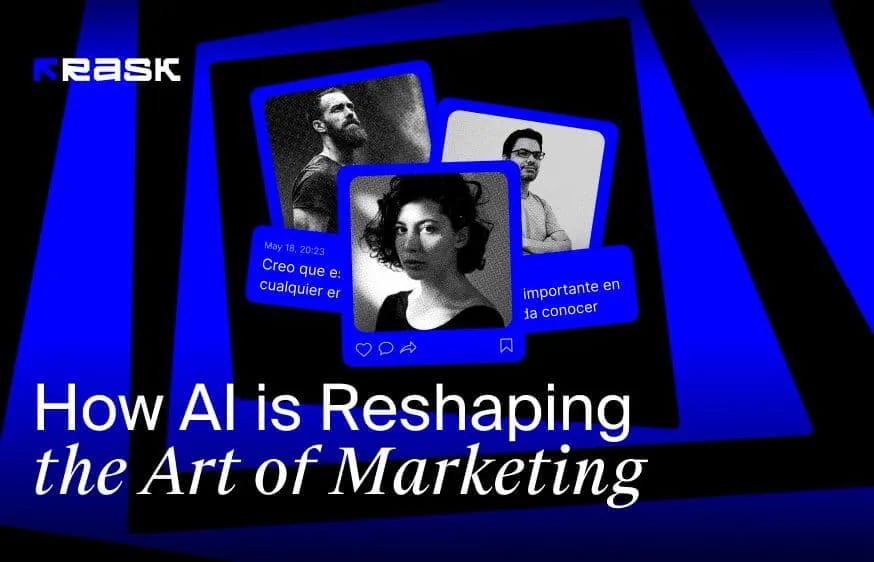

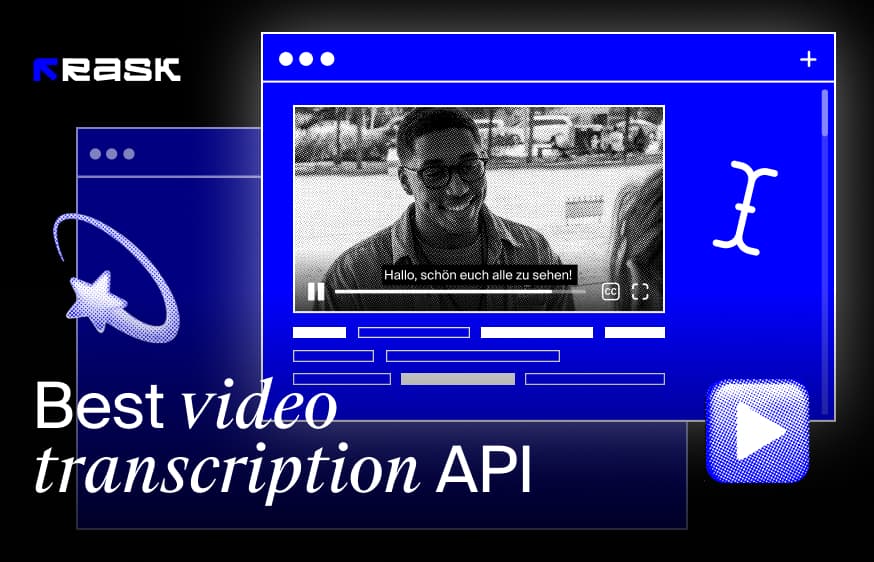
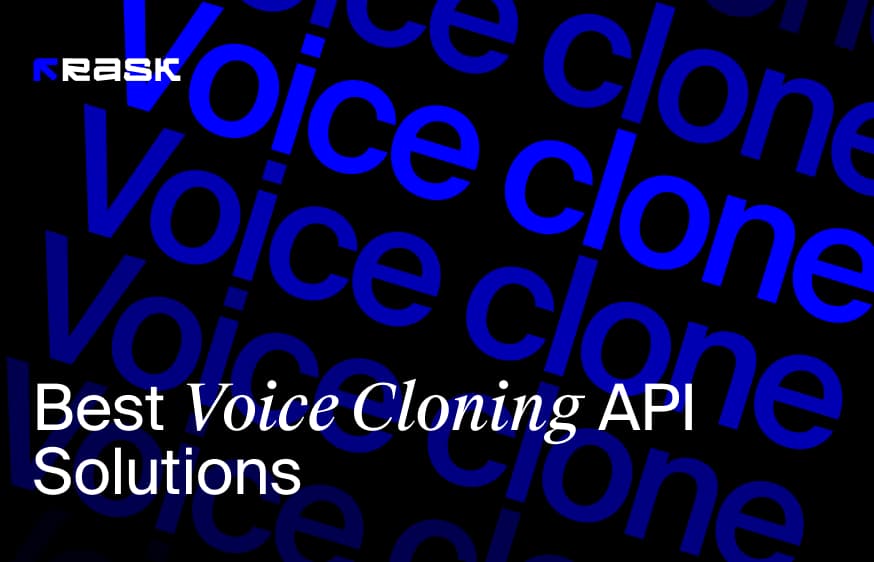
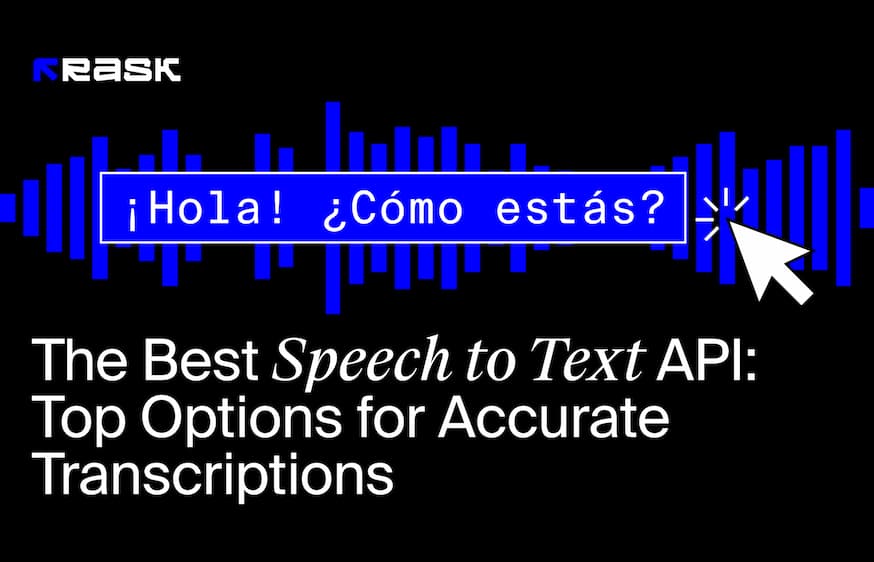
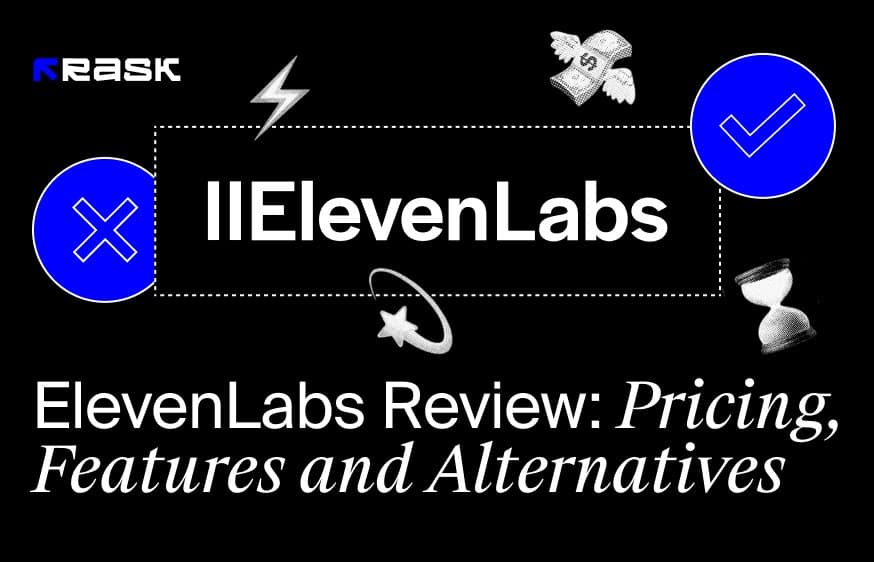
.jpg)
.webp)
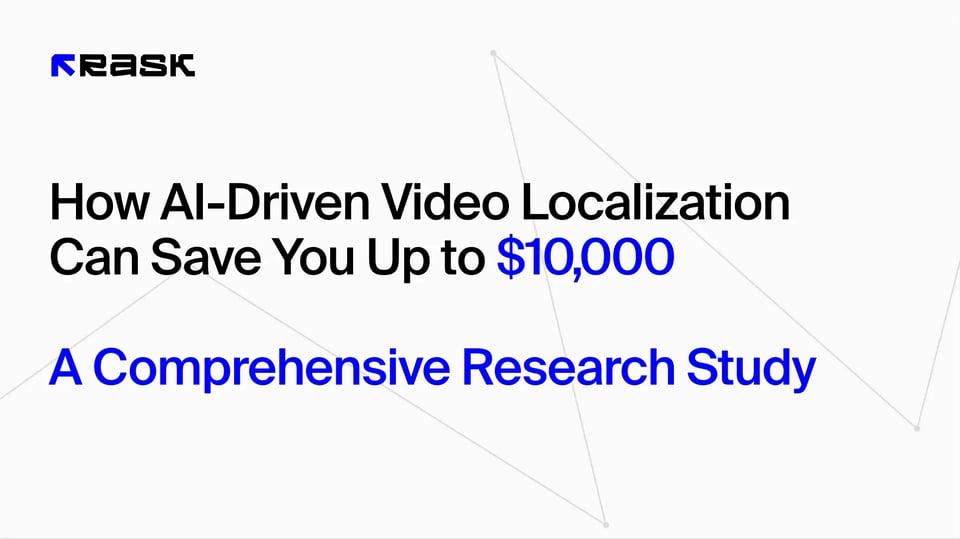
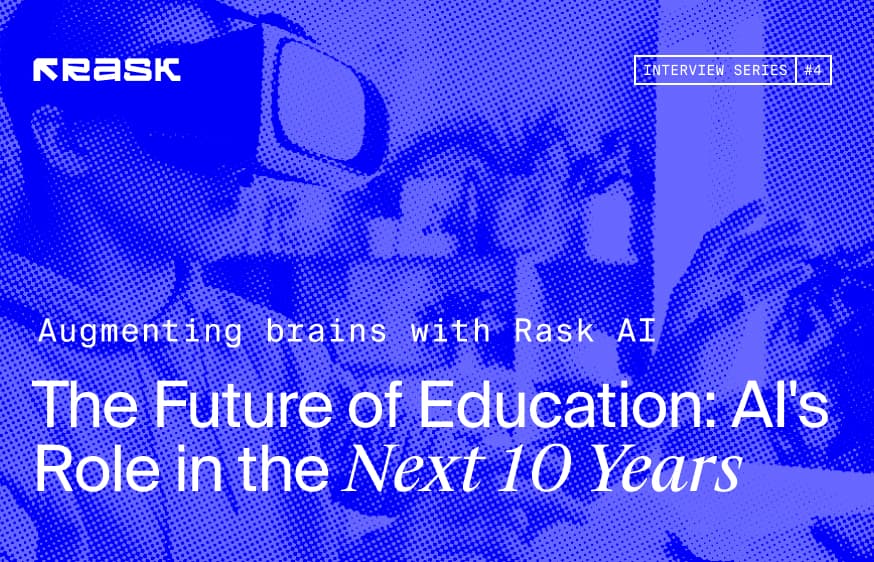
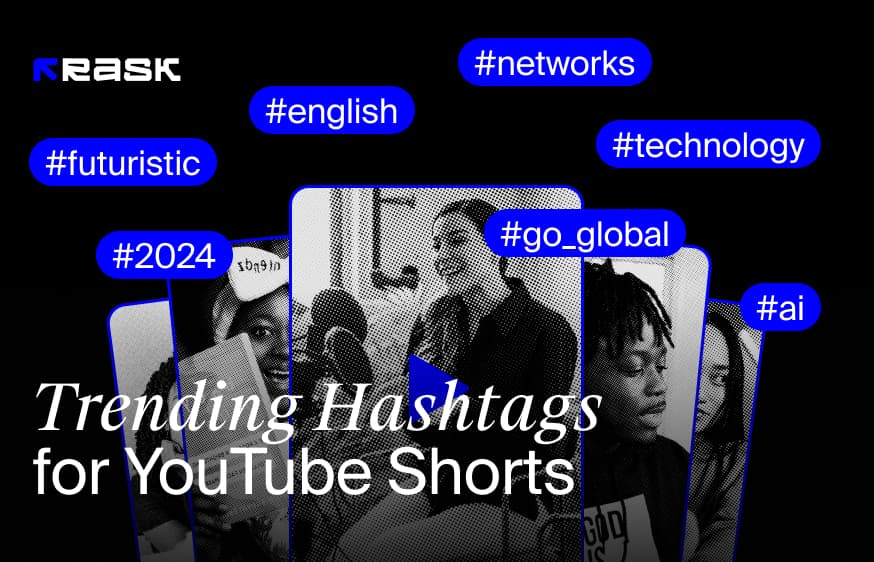
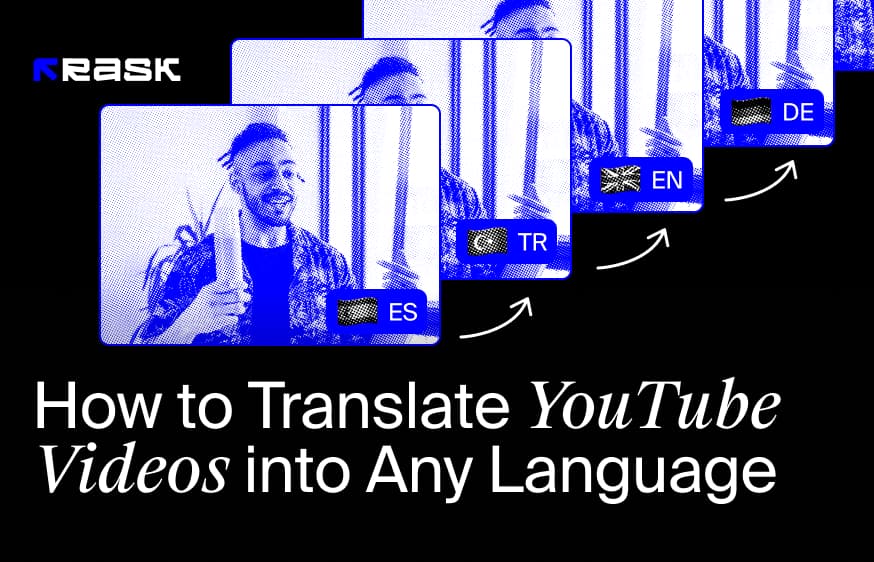
![8 Best Video Translator App for Content Creators [of 2024]](https://rask.ai/cdn-cgi/image/width=960,format=auto,fit=scale-down/https://cdn.prod.website-files.com/63d41bc99674c403e4a7cef7/6668a3dcd3175bd1d1c73c81_Best%20video%20translator%20apps%20cover.webp)
![Best AI Dubbing Software for Video Localization [of 2024]](https://rask.ai/cdn-cgi/image/width=960,format=auto,fit=scale-down/https://cdn.prod.website-files.com/63d41bc99674c403e4a7cef7/66685014f68137eb05c89c16_Cover.webp)
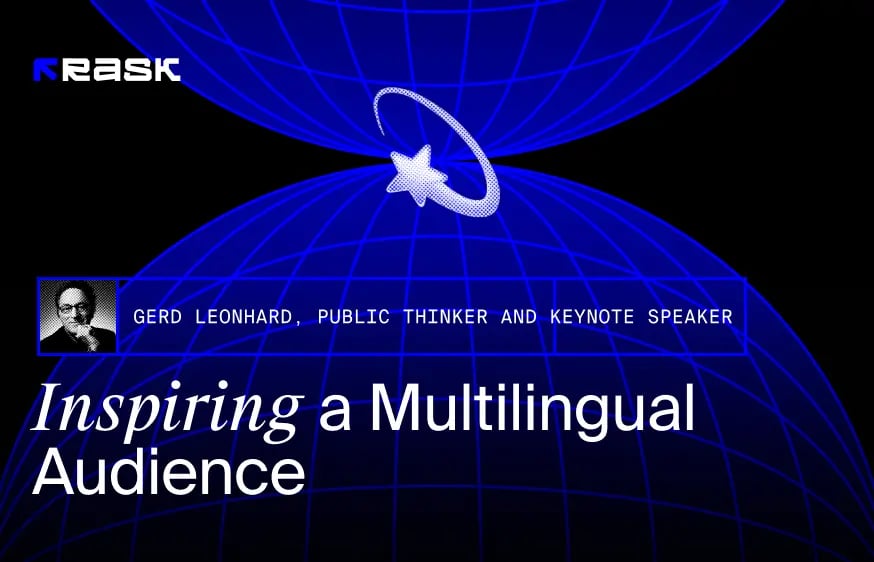
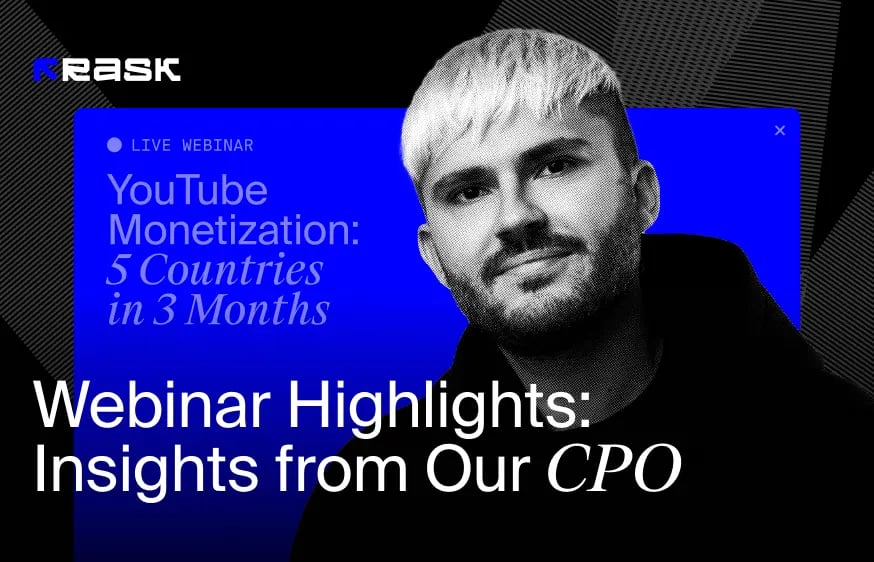

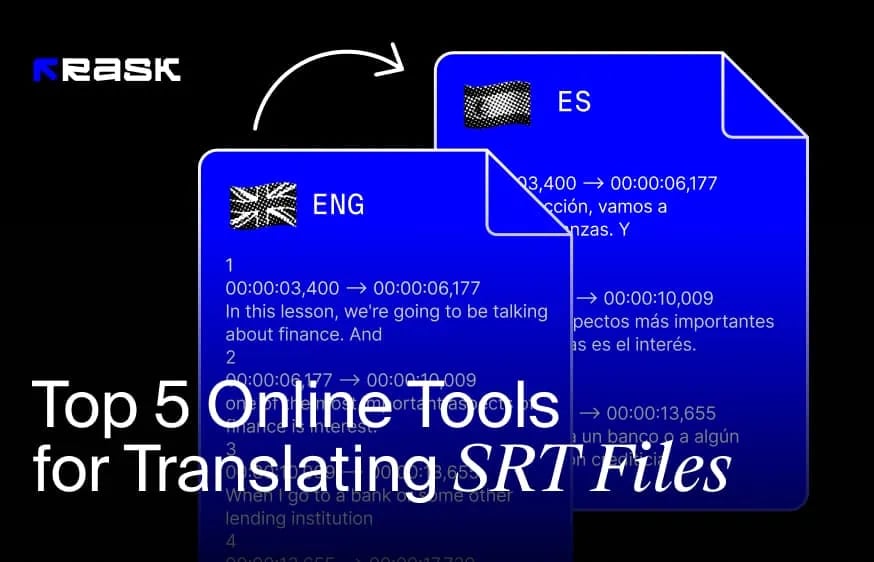

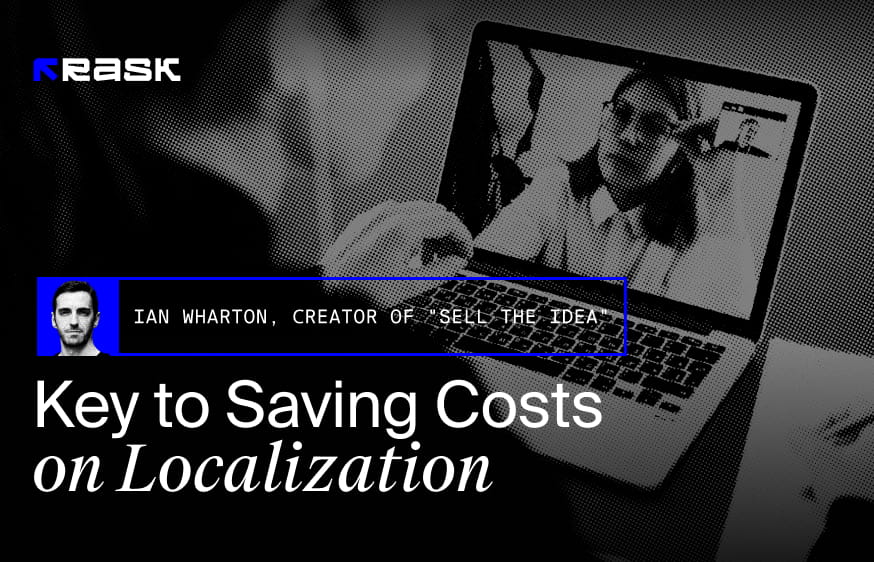
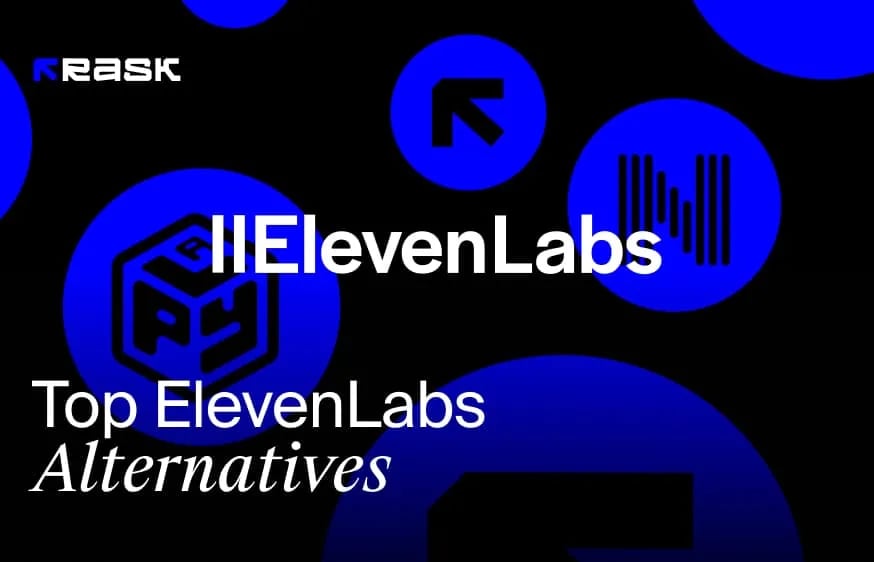
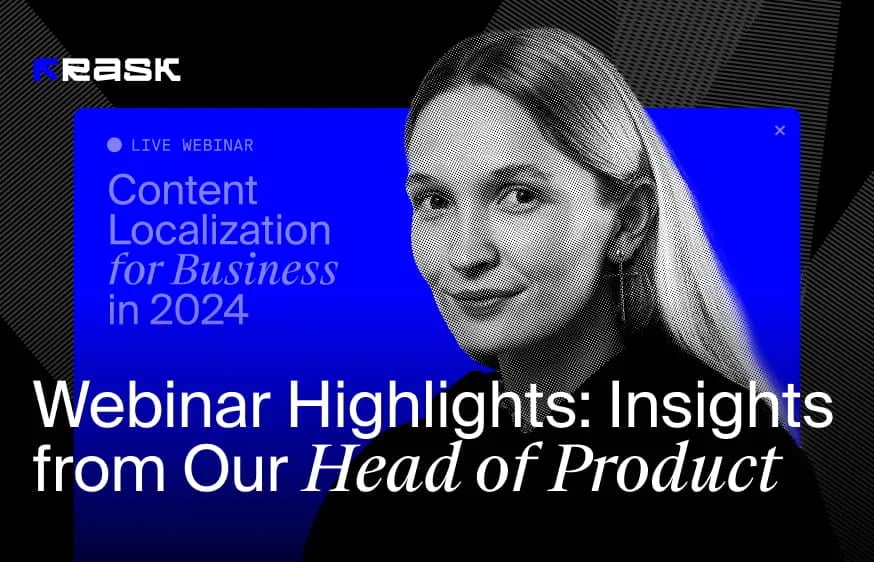
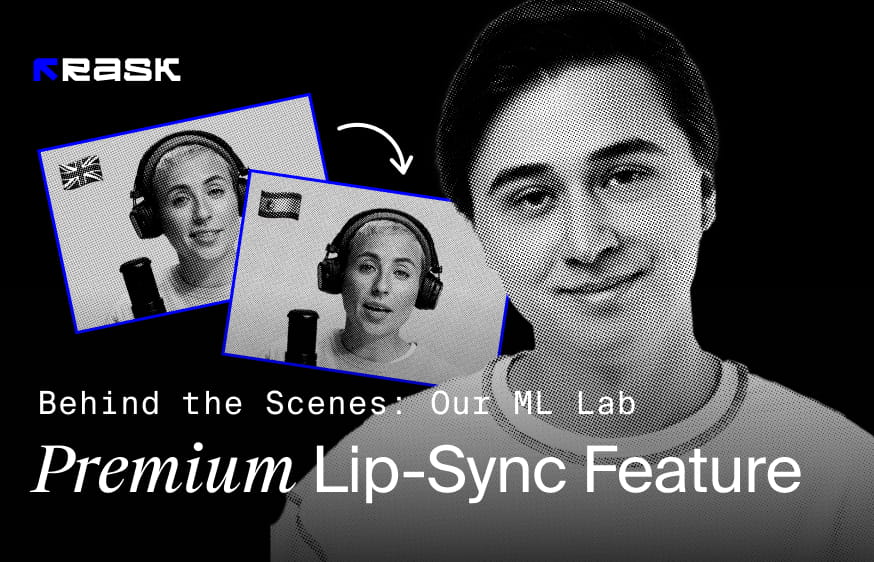
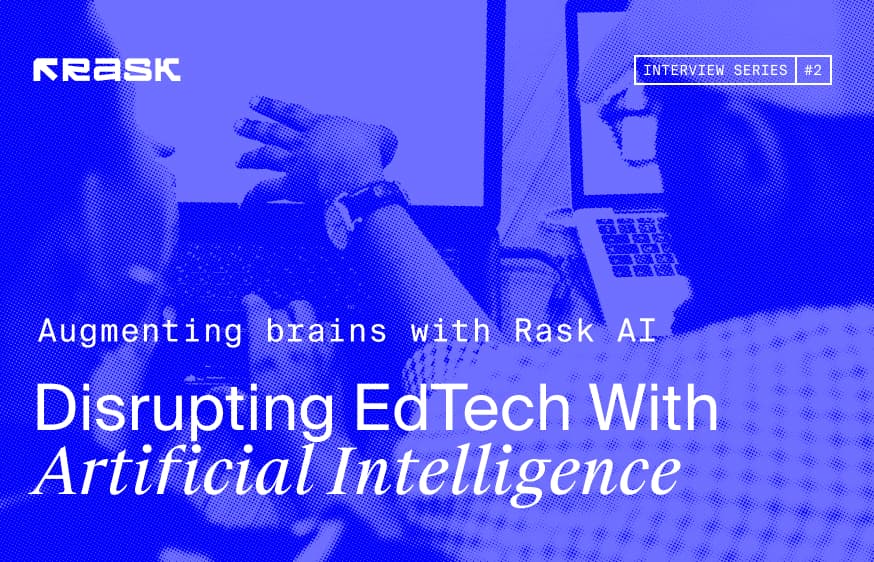
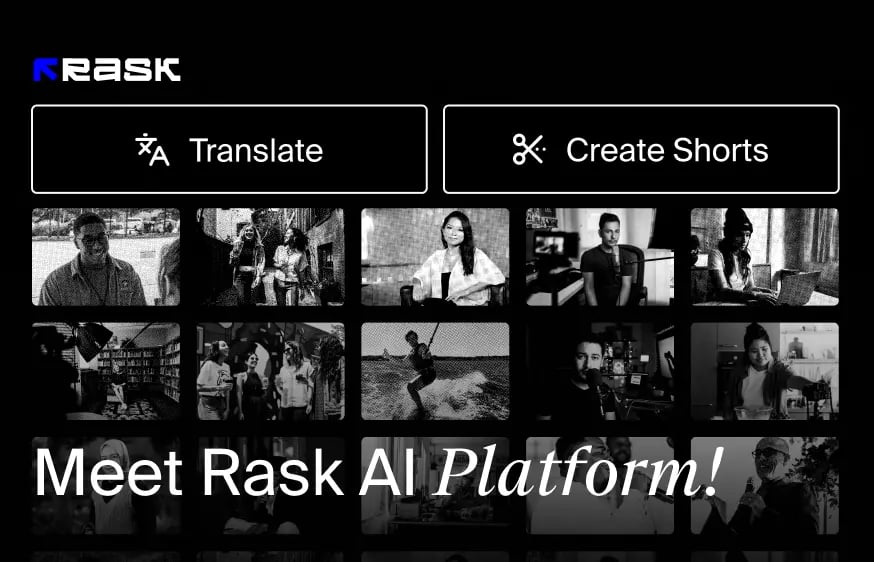
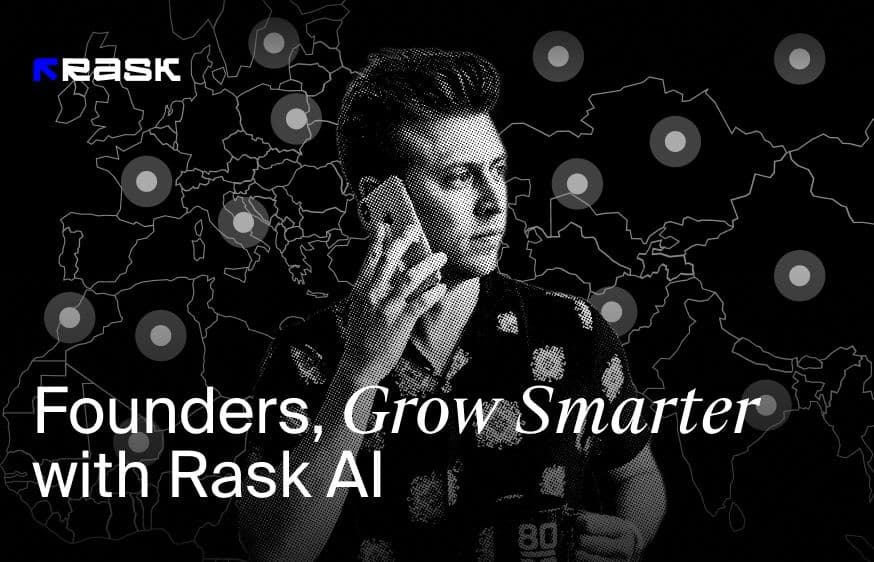
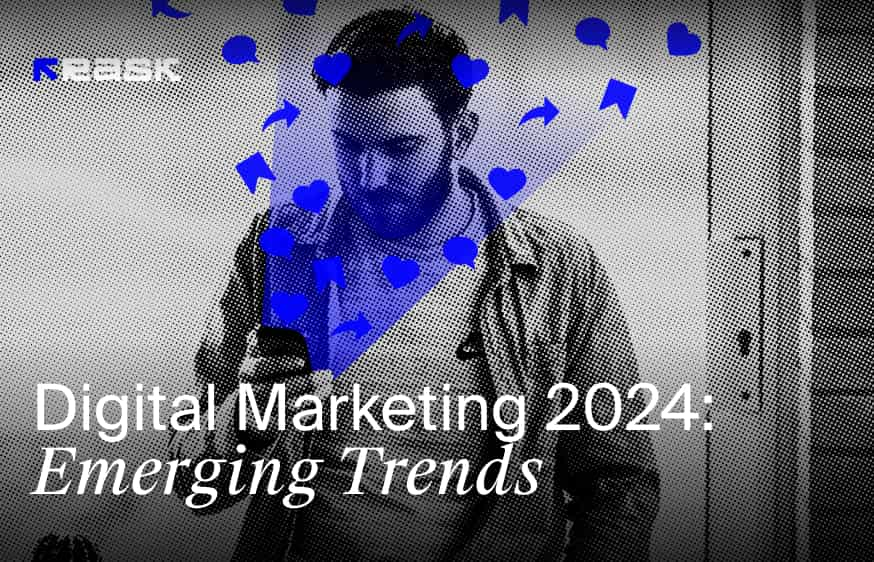
Rask%20Lens%20A%20Recap%204.webp)
